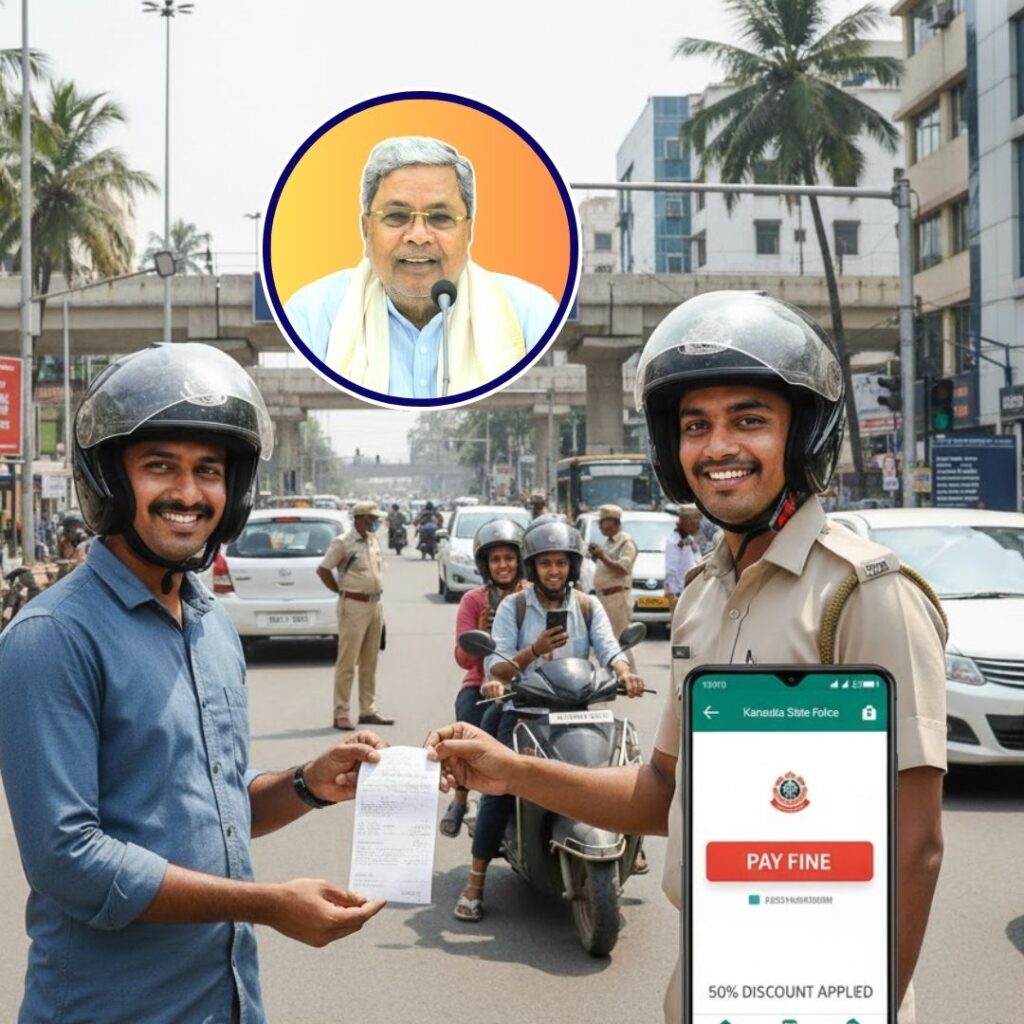Google has rolled out a pioneering on-device AI scam detection feature for Indian users, initially across Pixel smartphones, in response to a surge in digital fraud that has left millions exposed.
Leveraging advanced Gemini Nano AI, the system analyzes phone calls in real-time to identify and alert users of fraudulent behaviour, all without recording audio or sharing private data with Google.
This is part of Google’s larger goal to enhance online safety through multi-layered efforts, such as financial app warnings, digital literacy programs, and partnerships with leading fintech and cybersecurity groups.
The rollout comes as digital scams and AI-driven fraud rackets grow rapidly in India, prompting urgent attention and collaboration between tech giants, regulators, and civic bodies.
Addressing India’s Alarming Surge in Digital Fraud
India’s rapid digital adoption has brought significant benefits but also left the public vulnerable to sophisticated scams-from phishing and fake investment schemes to highly orchestrated ‘digital arrest’ and deepfake crimes.
According to Google’s India Country Manager Preeti Lobana, “India’s scale and diversity make it the world’s proving ground for reliable AI safety. On-device defences represent an unprecedented advantage against bad actors”
The numbers speak volumes. Reports cite more than a 25% year-on-year spike in reported cyber scams in 2025 alone, with the digital finance and UPI payment ecosystem being frequent targets. Google Pay reported issuing over one million fraud alerts every week, while Play Protect prevented over 115 million attempts to install dangerous, high-risk apps over the past year.
Google’s multi-pronged response was accelerated after several high-profile cases, including instances where vulnerable groups such as children, teenagers, and seniors were specifically targeted by scammers.
How Google’s AI-Powered Detection Works
At the heart of the rollout is an AI-driven feature embedded into recent Pixel devices, starting with the Pixel 9 series. Using the Gemini Nano model, it analyses the content and style of incoming call-specifically those from unknown numbers-to detect scam-like patterns.
Notably, all scanning is performed locally on the user’s device, preserving privacy by not recording calls or sending voice data to Google’s servers. If the AI suspects fraudulent intent, it triggers an audible beep that alerts both parties and displays a clear warning, giving the user the immediate option to disconnect.
“We have designed this to intervene before any malicious activity succeeds, while always respecting user choice and privacy,” said Evan Kotsovinos, Google’s Vice-President of Privacy, Safety and Security.
By default, the feature applies only to unsaved numbers and remains off unless enabled by users, addressing concerns about misuse or loss of autonomy.
Beyond Calls: Financial App Warnings and Partnerships
Recognising the shifting tactics of fraudsters-who increasingly use live interactions to coax sensitive data-Google has expanded beyond simple call analysis. A parallel new alert activates if a user shares their screen with an unknown contact while accessing apps like Google Pay, Navi, or Paytm.
With just one tap, users can terminate a suspicious call and end screen-sharing, cutting off a common avenue of real-time financial fraud.
This enhancement is the result of direct partnerships with leading fintech apps and builds on Google’s previous work publishing lists of authorised digital lenders with the Reserve Bank of India, a step designed to help users identify safe apps and avoid predatory operators.
Other technical upgrades include Enhanced Phone Number Verification-a replacement for vulnerable SMS-based OTPs-which uses SIM-based authentication to make online banking safer even for users on slow or unstable networks.
Digital Literacy and Community-Led Prevention
While technology offers new lines of defence, Google’s approach recognises that education and community awareness are just as critical.
Its flagship ‘DigiKavach’ campaign has already reached more than 250 million Indians with actionable digital safety tips, and high-school initiatives like ‘Super Searchers’ have trained over 17,000 teachers nationwide in safe online practices.
Collaboration with the CyberPeace Foundation-funded with a $200,000 Google.org grant-aims to seed AI-powered cyber defence tools and embed safety awareness in school curriculums.
For younger and older users alike, these efforts are supported by new parental control playbooks, hackathons that foster digital innovation, and transparent dialogue with civil society on the ethical use of AI.
Persistent Challenges: Inclusivity and Next Steps
Despite the promise, the programme’s current limitations are notable. The AI scam detection feature is presently available on a narrow range of Pixel devices-less than 1% market share in India-restricting its reach.
Additionally, support is currently provided only in English, a significant gap in a country where most are native speakers of other languages. Google acknowledges these hurdles and has committed to expanding both device and language support in the coming months.
Security advocates also highlight that as scammers innovate, purely technical solutions must be paired with legal, regulatory, and educational reforms to keep pace.
Google’s recent removal of 3,500 predatory apps and its participation in wider regulatory dialogue signal a commitment to this holistic strategy.
The Logical Indian’s Perspective
Google’s AI-powered scam detection arrives at a crucial juncture, symbolising a profound shift toward proactive, people-first digital safety. While not a panacea, it models the empathy, collaboration, and accountability that are the only antidotes to cybercrime’s human toll.
The Logical Indian applauds both the technological and educational focus, advocating for further expansion into regional languages, independent oversight, and continued civic dialogue.
Online safety is everyone’s responsibility-individuals, companies, teachers, policymakers.












